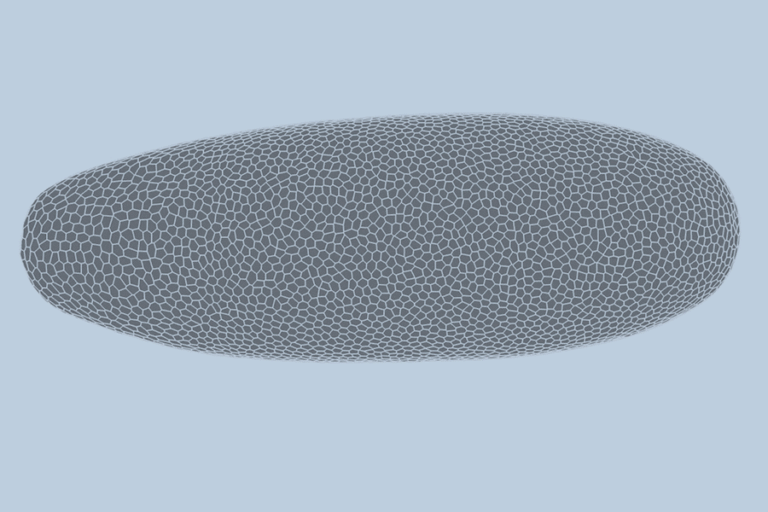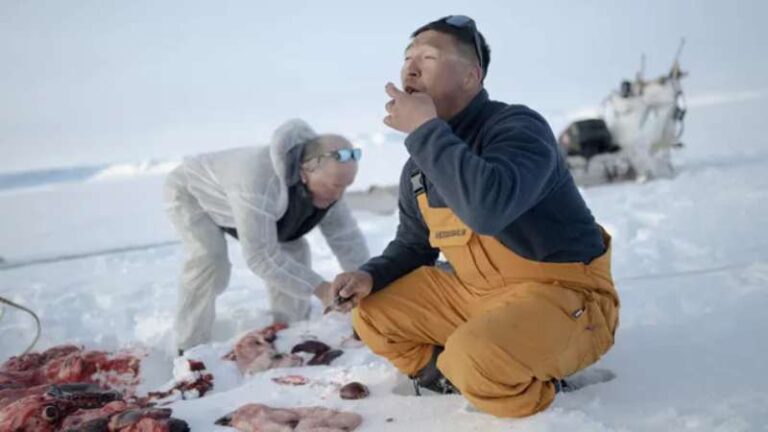Earth’s 2-Million-Year Carnian Pluvial Event
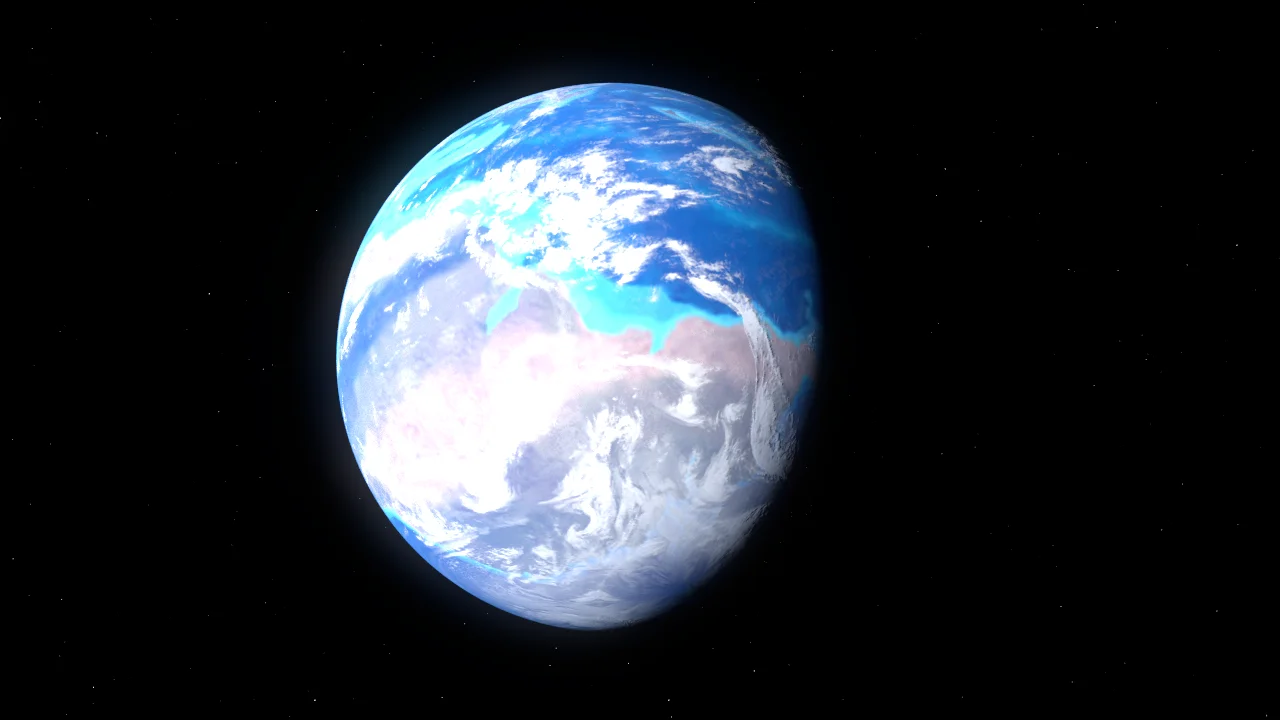
The Carnian Pluvial Event, a long period of torrential rains that affected the Earth for an incredible 2 million years.
By the end of the 20th century, geology experts began to observe a peculiar sedimentary layer that had deposited in ancient rock formations across the globe.
During the 1970s and 80s, geological experts observed the existence of uncommon sedimentary layers deposited in rock formations dating back from 232 to 4 million years ago.
A team of experts investigated, in the Eastern Alps, a layer of siliciclastic sediments deposited on carbonate, while geologist and forensic scientist Alastair Ruffell examined, in the UK, a layer of gray rock present in the famous red stone region.
Such findings, among many others since then, suggest something intriguing: about 232 million years ago, Earth experienced a significant climate change, transitioning from a dry period into a period of torrential rains.
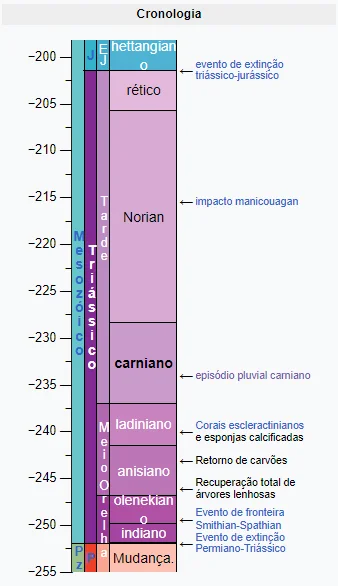
Indeed, the prolonged presence of sediments such as gray sandstone and siliciclastic is undeniable evidence that, at the beginning of the dinosaur era, when their diversity and numbers exploded, Earth went through an unusually wet period that lasted for 1 to 2 million years.
Indeed, the evidence accumulated since this discovery suggests that the rainy period may have been the catalyst that allowed dinosaurs, and perhaps even other terrestrial creatures, to diversify and establish their dominance on the planet.
The Carnian Pluvial Event, also known as the Carnian Crisis, is a well-documented period in rocks from various parts of the globe.
The origin of the abnormal amount of rain appears to be the result of a considerable increase in humidity, possibly caused by a major volcanic eruption from the Wrangellia Large Igneous Province, which stretches from south-central Alaska to the coast of British Columbia.
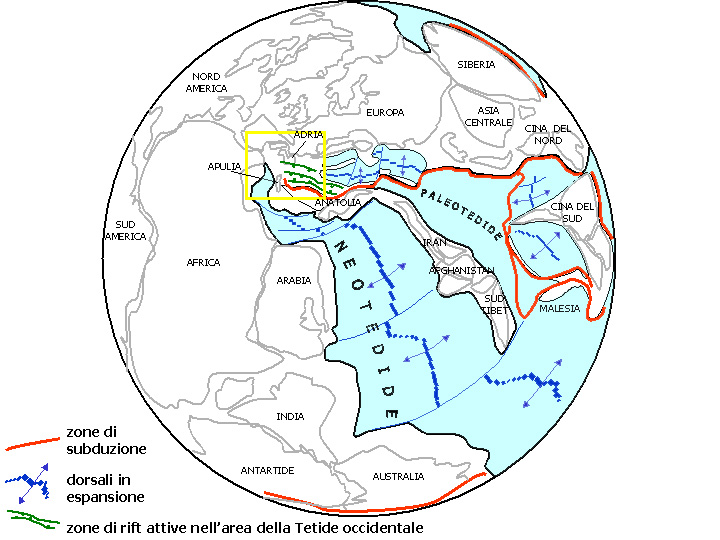
“Volcanic eruptions peaked during the Carnian period,” stated Jacopo Dal Corso, one of the researchers involved in the study of the eruption, in an interview with Everything Dinosaur.
“I’ve studied the geochemical signature of these eruptions for several years and identified significant impacts on the atmosphere worldwide. The eruptions were so intense that they released large amounts of greenhouse gases, such as carbon dioxide, resulting in spikes of global warming.”
Pangea, the supercontinent that dominated Earth at that time, already exhibited characteristics prone to monsoons. This phenomenon occurs when moist air from the seas is driven towards the land, cools, and transforms into heavy rains.
During this period, the oceans considerably warmed, reaching an almost unbearable temperature, as reported by paleoenvironment researcher Paul Wignall to New Scientist.
As a result, more moisture was released into the atmosphere, leading to more monsoons and torrential rains on land.
The rainy and humid period was not benevolent to life on Earth. According to a study published in the Journal of the Geological Society, this time was marked by “volcanic eruptions that generated acid rain and greenhouse gases, causing extinctions due to sudden warming, loss of terrestrial vegetation and soils, as well as oceanic anoxia and acidification.”

Some species did not survive the catastrophic event. However, after the end of this period, certain species emerged as clear winners.
“The team noted in their paper that, following the mass extinctions of significant terrestrial plants and herbivores, dinosaurs emerged as the primary beneficiaries during the recovery period, rapidly expanding in terms of diversity, ecological impact (relative abundance), and regional distribution. Initially, they spread throughout South America and later across all continents,” the team stated in their study.
“This may have been one of the most significant rapid events in the history of life, in terms of its role in enabling not only the ‘age of dinosaurs’ but also the emergence of most major groups forming the modern fauna of four-legged terrestrial animals, including tailless amphibians, turtles, crocodiles, lizards, and mammals,” the team asserted in their article.



